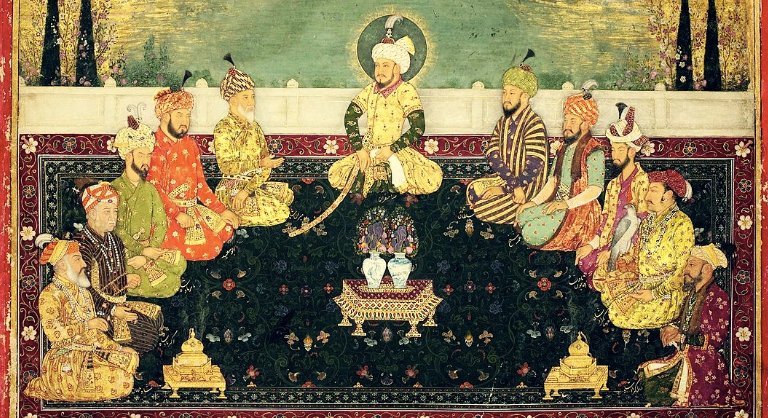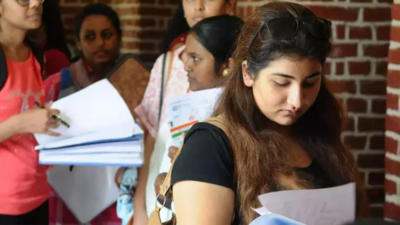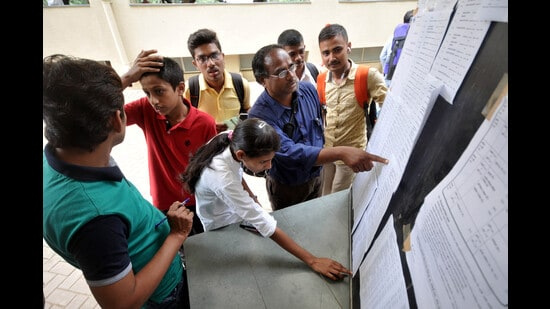
Special Correspondent
New Delhi: In a significant shift in the portrayal of Mughal rulers, the National Council of Educational Research and Training (NCERT) has introduced a revised narrative in the new Class 8 Social Science textbook titled “Exploring Society: India and Beyond”, which will be implemented in schools across India from the academic year 2025–26.
The revised textbook categorizes Mughal emperor Babar as a “ruthless and cruel ruler,” noting his involvement in mass killings in several cities. Aurangzeb is depicted as a “religiously intolerant ruler” who imposed jizya tax on non-Muslims and is said to have ordered the destruction of several temples and gurdwaras during his reign.
Interestingly, Emperor Akbar is described with nuance — his rule is referred to as a mix of “cruelty and tolerance.” The textbook highlights the massacre of 30,000 civilians during the Siege of Chittorgarh, while also acknowledging Akbar’s relatively liberal religious policies and attempts at inclusive governance.
The book includes a dedicated chapter titled “Valiant Communities Who Resisted the Mughals”, featuring the Marathas, Rajputs, Sikhs, and Ahoms. Key Indian historical figures such as Chhatrapati Shivaji Maharaj, Maharani Tarabai, and Ahilyabai Holkar are given prominent mention. Shivaji Maharaj is lauded as a “brilliant military strategist” who upheld Hindu values while respecting other religions. The book also cites his efforts in the restoration of temples destroyed during invasions.
Previously, much of this historical content was part of the Class 7 curriculum, but has now been reorganized and presented in greater detail for Class 8 students.
To avoid controversy, the NCERT has included a disclaimer in the textbook noting that no individual or community should be held responsible today for the events of the past. This is seen as an effort to preempt potential political or social backlash against the new interpretations.
Michel Danino, head of NCERT’s Social Science Curriculum Group, defended the new changes, stating that the updates aim to present history with greater balance, nuance, and context. He emphasized that the revised textbook includes multiple perspectives and encourages students to engage critically with historical narratives rather than passively accept a one-sided version.
The move has already sparked debate among educators and historians, with some appreciating the bolder, clearer representation of historical events, while others caution against oversimplification and communal interpretations of complex pasts.







